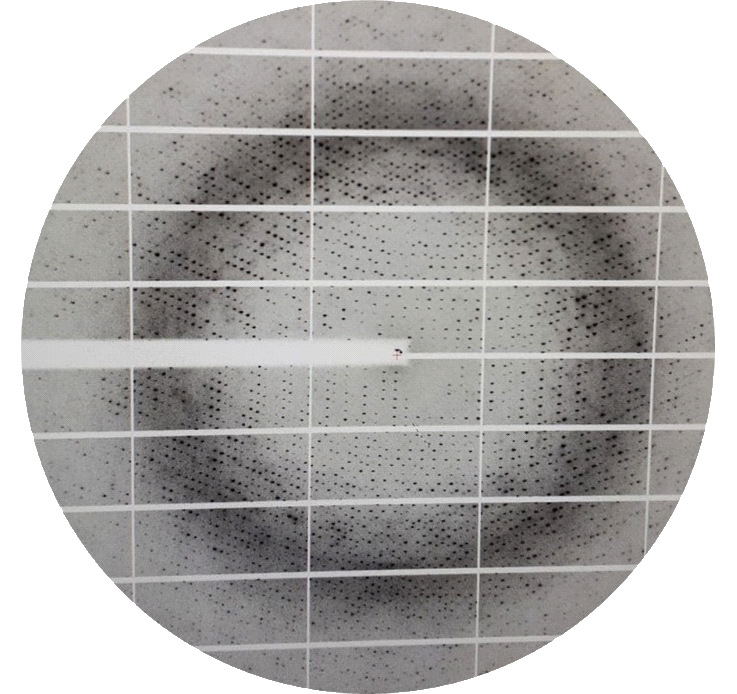
"Structure and function of fumarate-adding glycyl radical enzymes: biochemistry, modeling and application (FAEREACTION)"

Generation and characterization of mutant BSS variants (M1)
In this task, we are going to investigate the mechanistic role of several residues present in the BSS active site by means of site-directed mutagenesis. We are going to explore possible effects of these changes on the substrate spectrum, enzyme stereospecificity and the role of Fe-S clusters.

Biochemistry of BSS activating enzyme (M3)
FAE are the only known glycyl-radical enzyme subfamily for which in-vitro activation of the inactive precursor to the glycyl-radical form by the respective activating enzyme (AE) has not been accomplished. With our overexpression system we intend to set up an in-vitro activation system for BSS and other FAE and eventually allow to purify and characterize BSS-AE or other FAE-activating enzymes.

Investigation of the catalytic mechanism of BSS (K1)
In this task we plan to extend our modeling methodology to the multiscale modelling approach using QM:MM technique. The modeling will allow to test our proposed hypothesis that a thermodynamic and kinetic preference for fumarate binding in pro-R conformation contributes to the strict enantioselectivity of the reaction. All this will enable to rationalize the effects introduced by mutations as well as to predict effects of new mutations on both substrate specificity and enantioselectivity of the BSS.

Experiments supporting the mechanistic studies (J1)
This task focuses on experimental studies to further characterize the catalytic cycle of BSS and other FAE enzymes and to validate theoretical predictions. This subproject will be conducted jointly by both partners and will focus on kinetic characterization of FAE enzymes with different substrates. The tasks will require the development of specific LC-MS/MS analytical techniques for the study of isotope effects and chirality of the products.

Acnowlegments
Polish-German Funding Initiative Project Beethoven Life 1 "Structure and function of fumarate-adding glycyl radical enzymes: biochemistry, modelling and application" is sponsored by the National Science Centre Poland and DFG, German Research Foundation.

Recombinant production of other FAE and their mutant variants (M2)
As we developed the recombinant production system of activated BSS we intend to assess the biochemistry of other members of the FAE, which have previously not been available because of the low growth yields of the respective hosts. As a result we are going to expand our knowledge on BSS orthologue enzymes that, up to date, could not be studied. For these additional FAE we are also planning crystallography attempts as they become available.

Generation and theoretical characterization of mutant BSS variants (K1)
The positions of new mutations to introduce into BSS is based on analyzing both sequence variations in known enzymes and rational design methodology on the basis of theoretical molecular modeling and MD simulation. The obtained results will deliver information on the expected influence of mutations on the thermodynamics of substrate binding as well as on the dynamic behaviour of the substrates in active sites of FAE enzymes.

Development of reaction models for other FAE (K3)
In this task we will conduct modelling of new FAE. This will either be based on their crystal structures or homology modeling. Based on these models we will perform QM-only cluster modeling of reaction mechanisms.

Development of a whole-cell system for biotechnological production of the reaction products of FAE (J2)
In this task, we will develop a whole-cell production system for various succinate adducts which may provide interesting starting materials for further organic synthesis. The known substrate range of FAE provides a multitude of different chiral compounds, which may be used for similar applications as succinate, which is listed among the most important platform compounds for biotechnological production.










